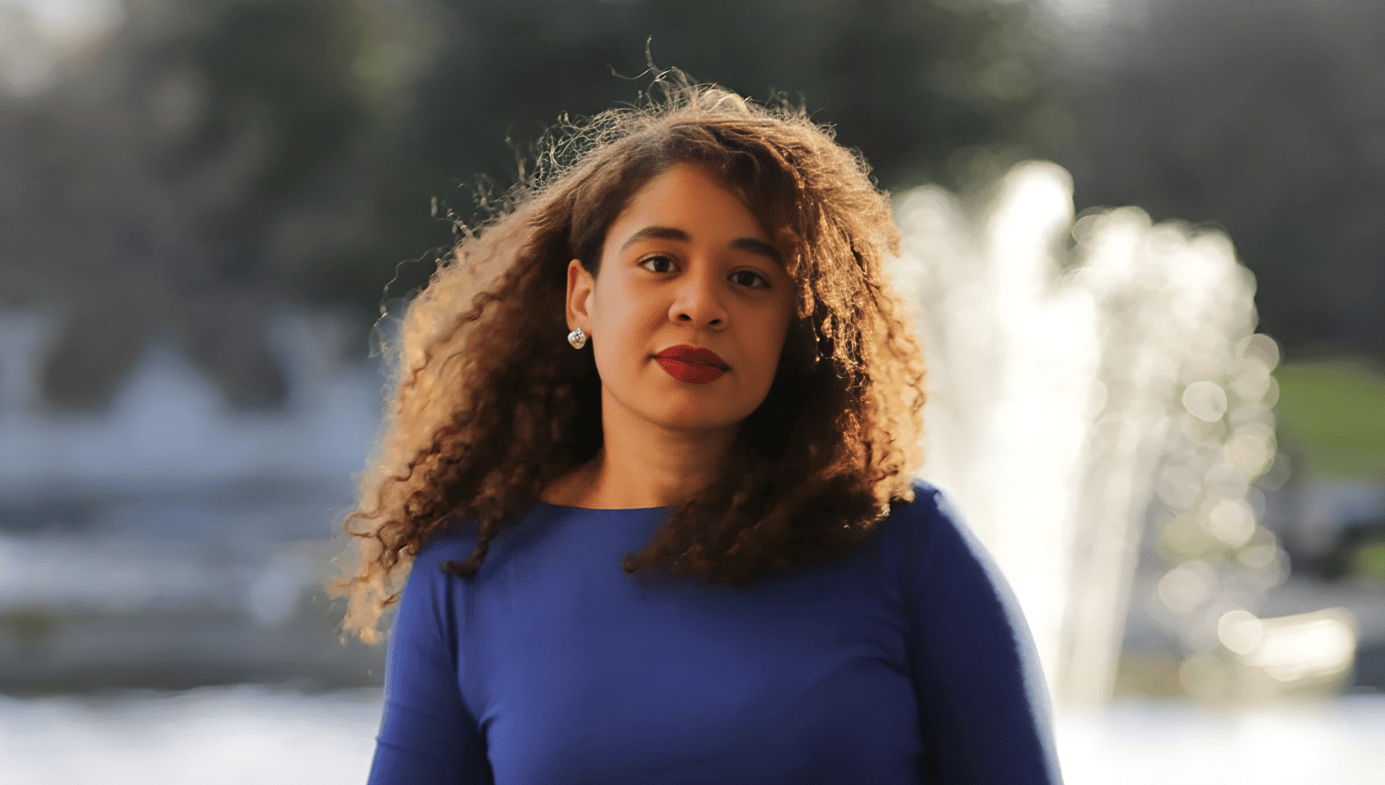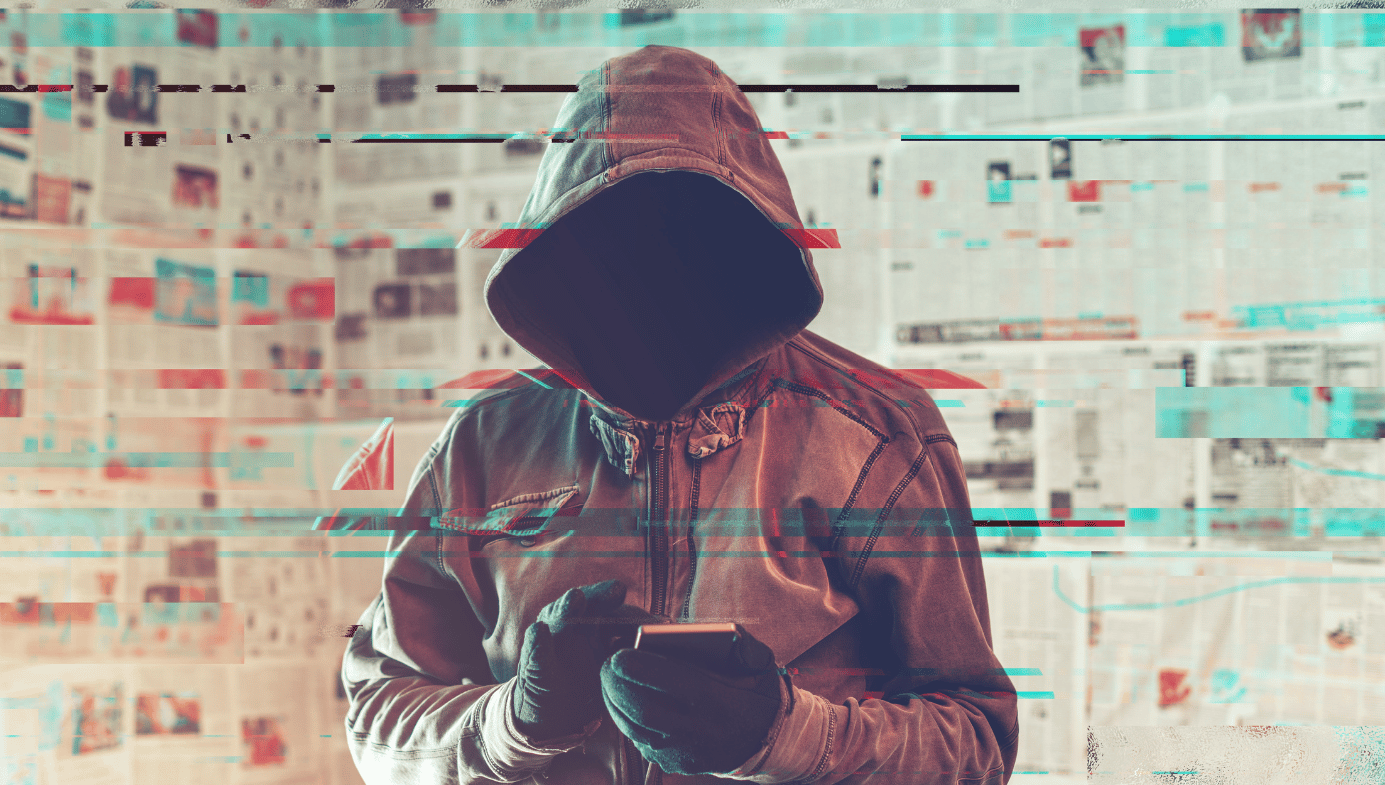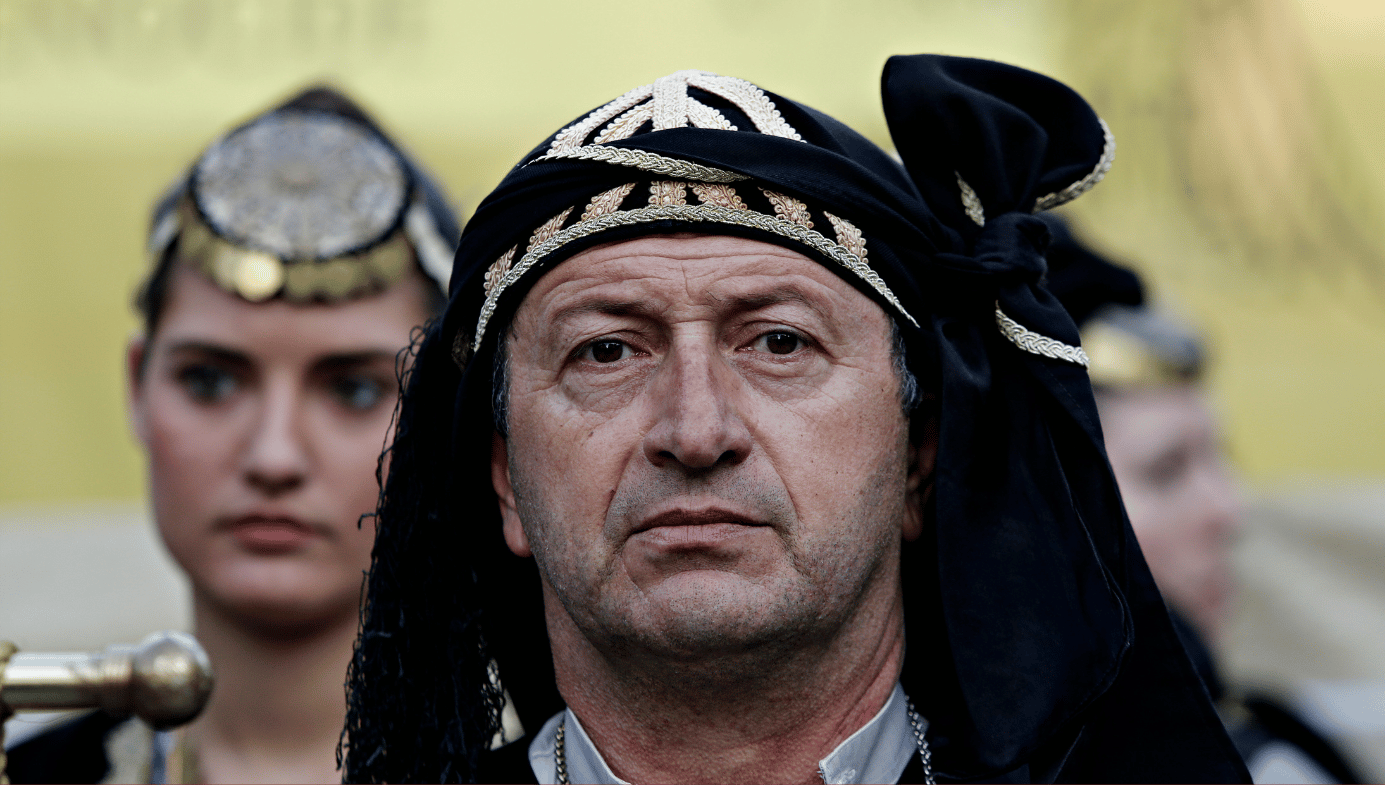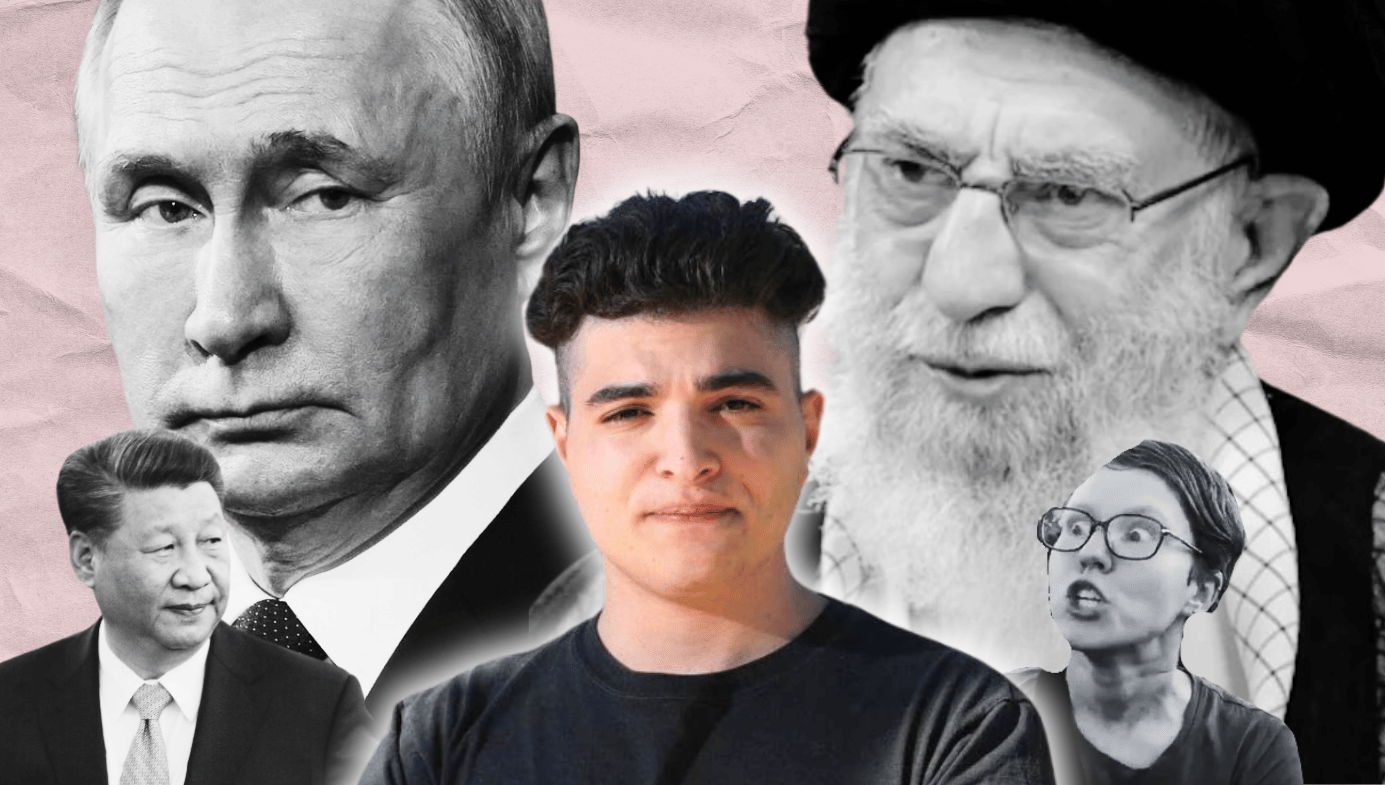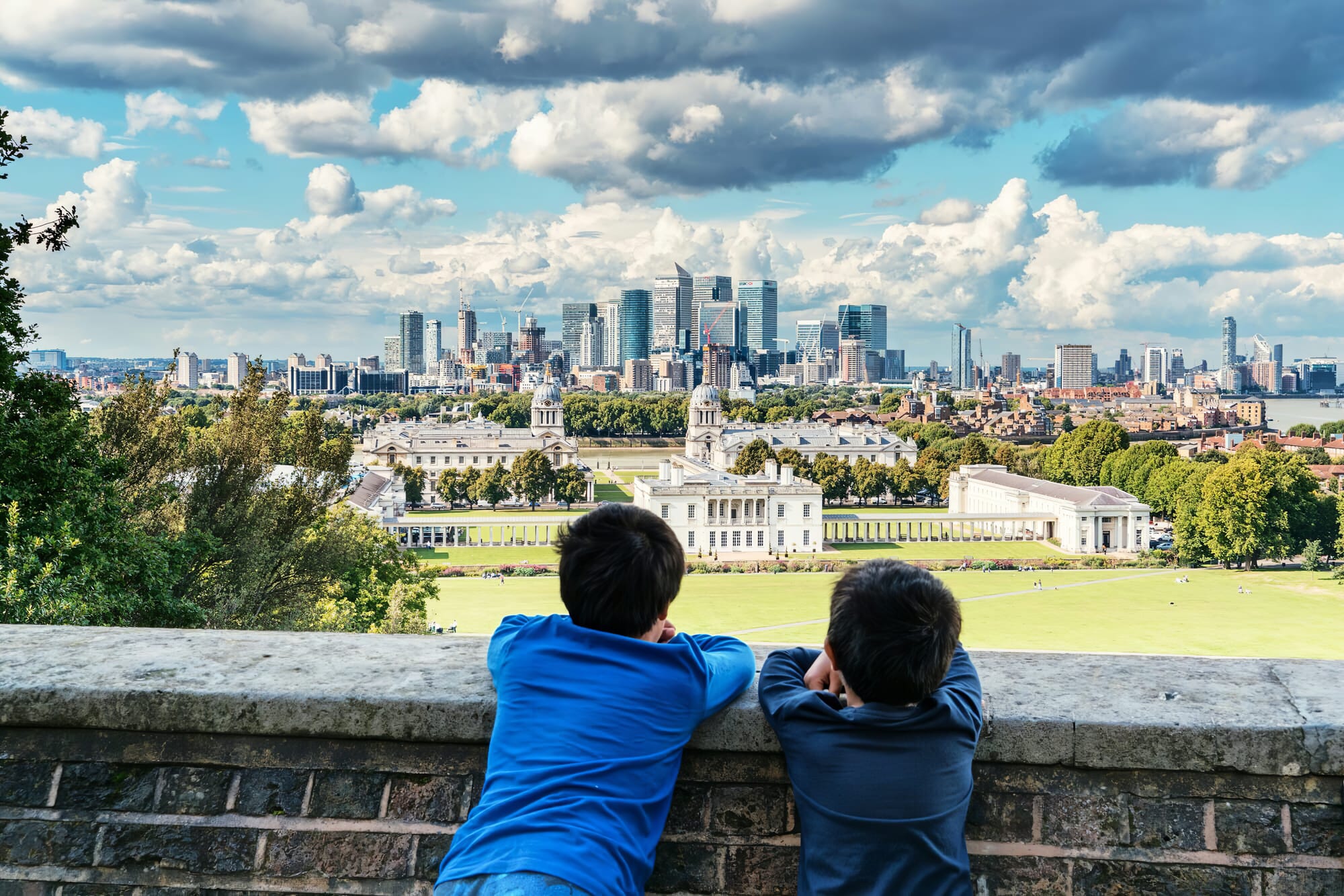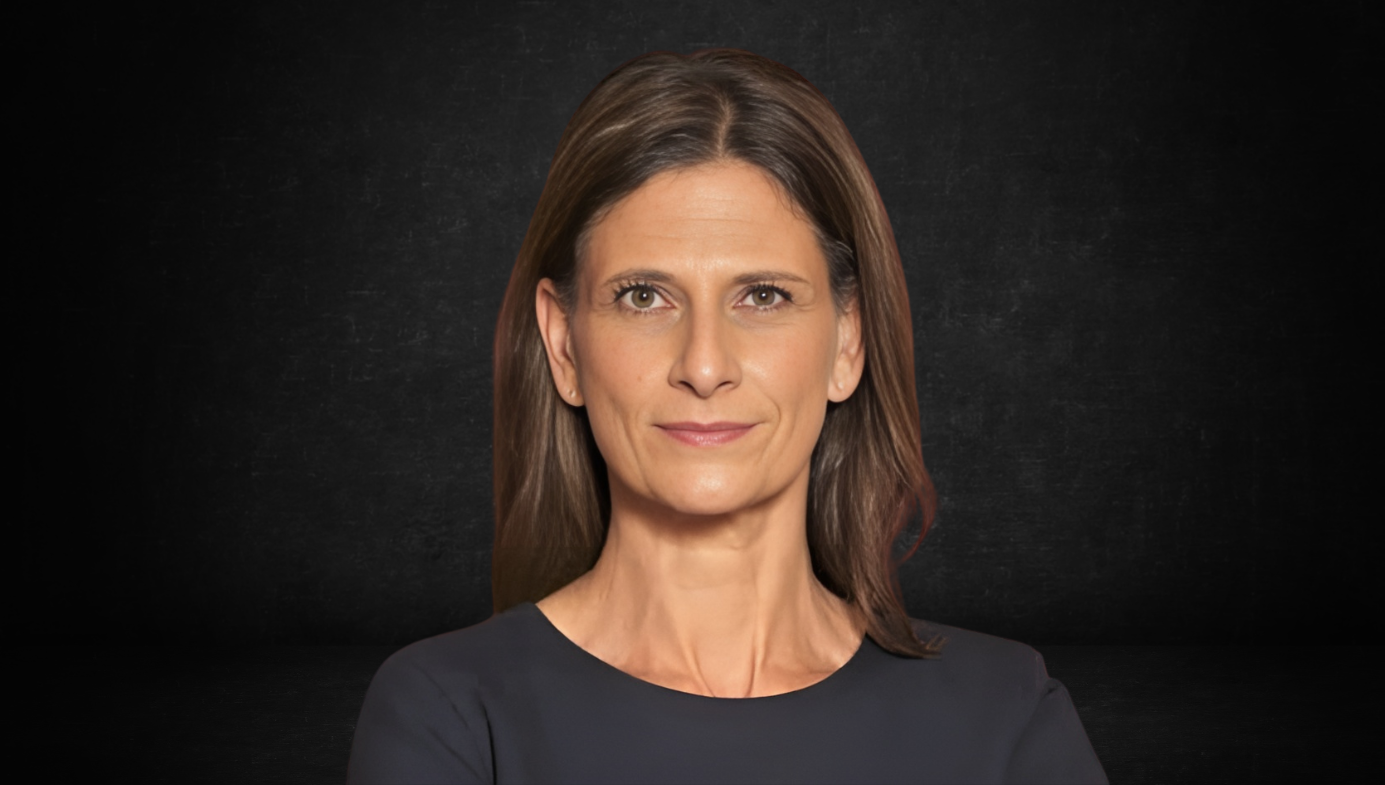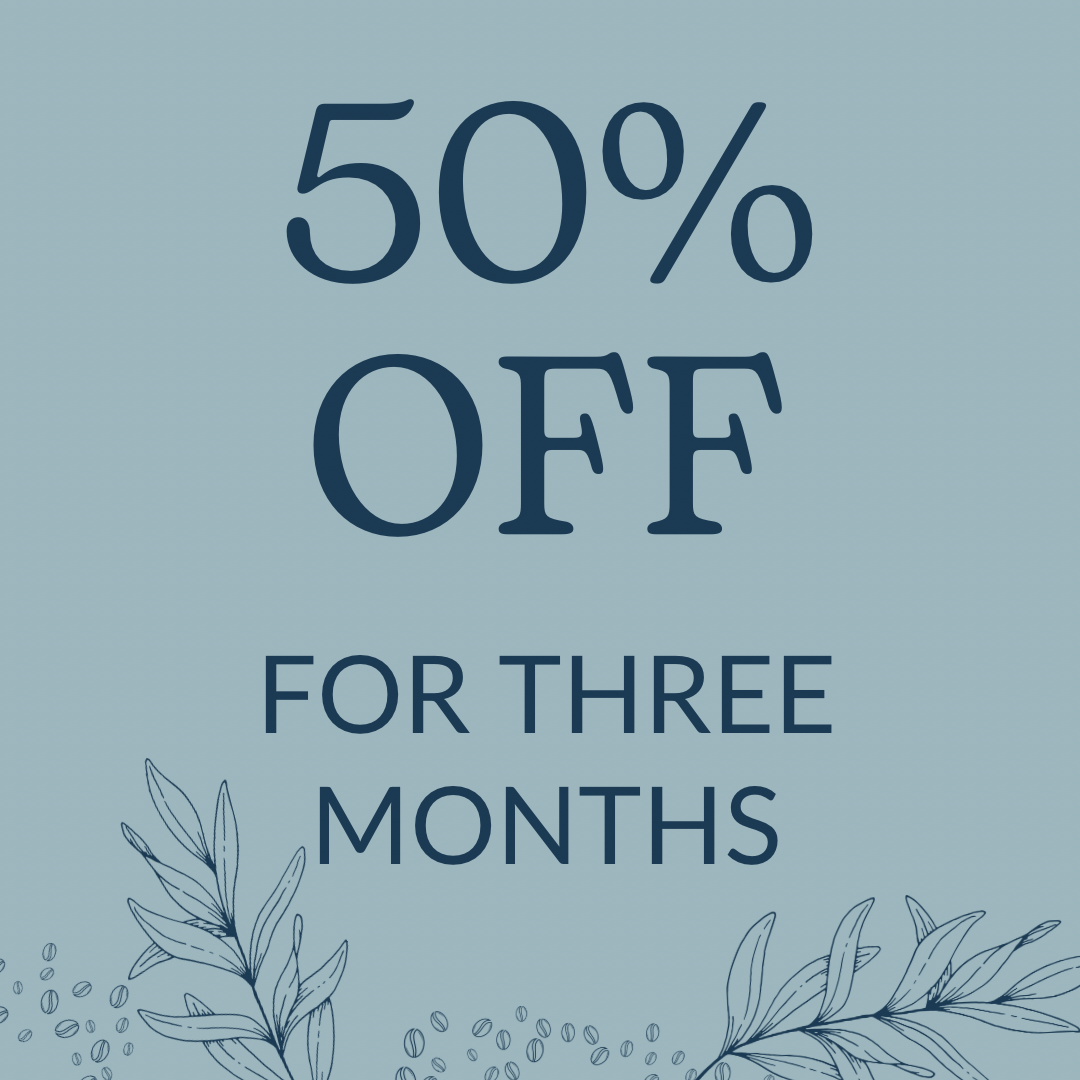The Ottawa Trucker Protest Was Disruptive. The Hysterical Reaction to It Was Worse
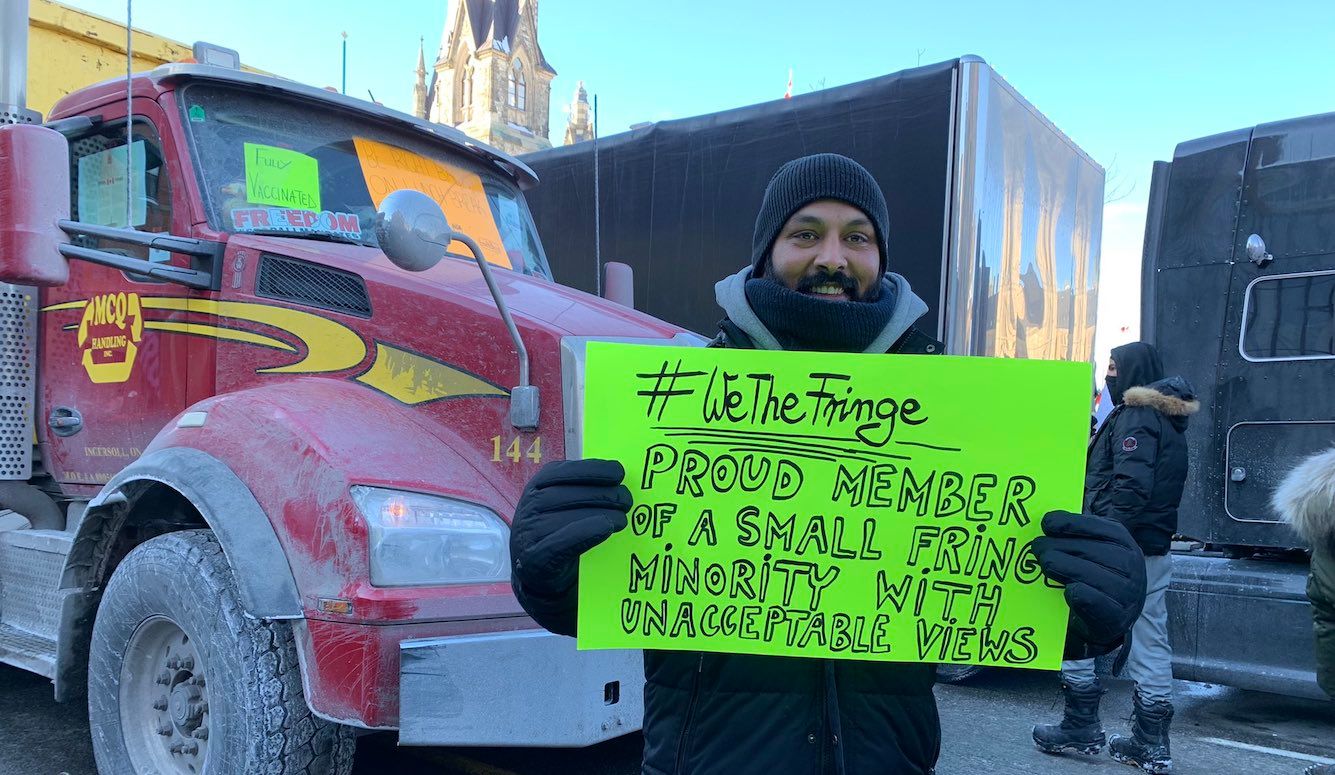
In some cases, drawing the line between permissible and impermissible forms of public protest can be difficult. But the Canadian “Freedom Convoy” that occupied downtown Ottawa until Sunday wasn’t one of those cases. Thousands of anti-vaccine-mandate protesters, many of them driving trucks, took over a large portion of Canada’s capital for more than three weeks, clogging roads and co-opting public spaces for their daily protests and nightly partying. In the early stages of the protest, in particular, the truckers leaned on their horns, and some protesters acted boorishly, turning many residents against their cause.
Things have gotten so bad in Ottawa that I saw some masked young women dancing in one of the main block parties. They took their masks off while dancing. Clearly the virus behaves differently based on different moods. pic.twitter.com/eaR6s0kyP9
— Rupa Subramanya (@rupasubramanya) February 12, 2022
My own view is that the protest should have been treated as a legitimate political spectacle on Friday, January 28th, when the truckers first rolled into Ottawa, and perhaps even during the weekend that followed; but that, by the time Monday arrived, the police had every right to clear the protesters out. There isn’t a government on Earth that would permit its political nerve centre to be occupied indefinitely by protesters, and Ottawa’s police would have had national public opinion behind them if they’d moved decisively to resolve the situation before the whole saga became an international disgrace.
Unfortunately, the police bungled the situation by letting hundreds of massive trucks create facts on the ground within congested city streets—a mistake that became obvious when area tow-truck operators refused government pleas to remove the offending vehicles. (When the convoy passed through Toronto, on the other hand, that city’s larger, better prepared, and more professionally equipped police force completely pre-empted this kind of problem by simply blocking off the marquee protest areas in advance with large sanitation vehicles.)
By now, many readers will be aware of the most infamous consequence of the Ottawa protests (and the more short-lived border protests that took place in parallel): Prime Minister Justin Trudeau’s decision to invoke Canada’s Emergencies Act, legislation that allows his government to go after protesters’ bank accounts and even insurance coverage, irrespective of normal due-process safeguards.
“This is no ordinary law,” Public Safety Minister Marco Mendicino, declared solemnly, as if responding to a Fukushima-scale industrial disaster, mass terrorist attack, or regional military insurrection—even as the protesters themselves were waving Canadian flags, lounging in hot tubs, and watching their children play in bouncy castles. Sounding something like a 1950s-era McCarthyist denouncing fifth columnists, Mendicino also described the demonstrations as being driven by a “very small, organized group driven by an ideology to overthrow the government through whatever means they may wish to use.”
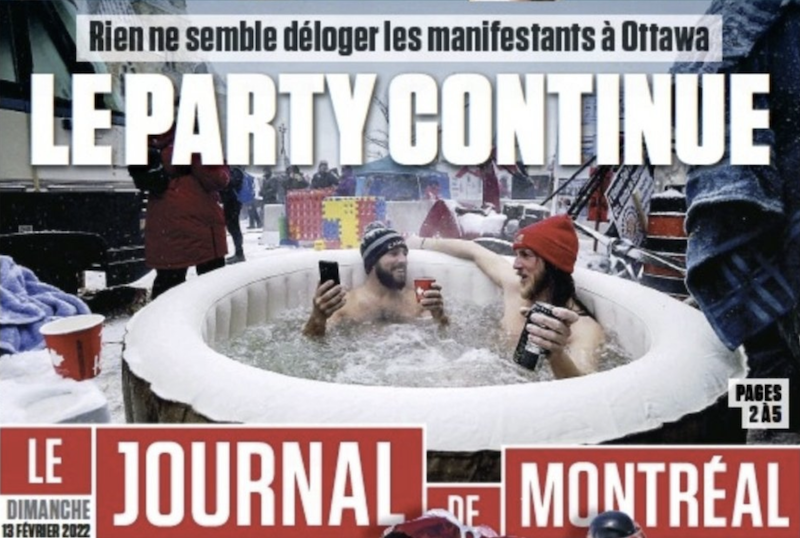
The Emergencies Act is the successor legislation to a Canadian law invoked during World War I, World War II and, most recently, a deadly 1970 terrorist crisis. It wasn’t invoked after the 9/11 attacks, nor in response to the COVID pandemic. Yet here we have Trudeau and his cabinet telling Canadians it was needed to resolve what was essentially an oversized parking-enforcement problem—this despite the fact that when police actually did decide to expel the protesters last week (arresting more than 170 in the process), the operation consisted of nothing more than a conventional riot-control operation. Emergencies Act or not, the police could have executed the same operation last week. Or the week before. Or the week before that one. Even the left-of-centre Toronto Star, which usually can be depended on to defend Trudeau from conservative criticism, couldn’t find a way to spin this in the prime minister’s favour.
There are many conservative (and even centrist) Canadians predicting that the backlash generated by Trudeau’s draconian tactics will hurt him politically. During the first days of the protest, he stayed mostly mute and invisible, dismissing the protesters as toxic extremists and refusing to negotiate with them. Even before Trudeau invoked the Emergencies Act, some of his own MPs were publicly questioning his shrill approach.
But Trudeau’s extreme rhetoric does have an audience. In fact, it’s very much in tune with the apocalyptic narrative about the protest that’s been crowdsourced over the last few weeks by thousands of influential Canadian public figures. Many journalists, in particular, have convinced themselves that the Ottawa protest signalled a sort of white supremacist political revolution. And it is this social panic, not the question of whether an increasingly discredited Trudeau cobbles together another minority government in the next election, that concerns me most.
As I noted in a Washington Post article early on in this crisis, it is absolutely true that several of the original protest organizers were certified right-wing radicals who made all kinds of nutty claims and demands—even if rank-and-file protesters (including those interviewed recently for the Quillette podcast) seemed to have only a hazy idea about who those leaders were and what they believed. (One Ottawa headline read, “The MOU [manifesto produced by convoy organizers] says everything you need to know about the truckers protest”—the equivalent of denouncing every single Black Lives Matter protester on the basis that BLM’s stated mission included the goal of tearing down capitalism and breaking up nuclear families.)
It is also true that during the very early days of the protest, a few protesters showed up with Confederate flags—before being asked to leave by other protesters. One or two even bought out swastikas as part of terribly misguided attempts to equate Trudeau with fascistic ideology. But these loons weren’t welcome, and were also chased away, putting a lie to the idea that the whole thing was any kind of white-power jamboree.
Liberal MPs like Chris Bittle want to brand the whole Toronto protest with this man.
— Brian Lilley (@brianlilley) February 6, 2022
I ran into him just before 6pm with protest supporters & opponents.
Both sides told him he was wrong & should leave.
The exchange was fascinating.
Then someone stole his sign & destroyed it. pic.twitter.com/C0rL8dyEk2
In fact, as an eastern Canadian urbanite who’d initially bought into the idea that the convoy was basically just a means for western yahoos to spread an anti-vaxxer message, I was pleasantly surprised by how moderate and multicultural the whole thing turned out to be. In Toronto, the convoy’s supporters held a massive street rally that featured, among other amazing sights, Sikhs blasting Bhangra music while holding aloft Canadian flags and hockey sticks.
Bhangra beats in Toronto Canada 🕺Justin Trudeau getting a taste of Farmers Protest he supported in India 😂😂 Now hes calling these Peaceful Dancing Truckers & supporters N@zis #HonkHonk #TruckersConvoy #TrudeauMustResign pic.twitter.com/BqC7EUlnP5
— Rosy (@rose_k01) February 10, 2022
Yet these weren’t scenes that Trudeau or his media supporters found convenient, as they were off-script from his preferred story-line, rendered explicitly back in 2021, that strong vaccine skeptics are racists and misogynists with “unacceptable” views (and who “take up space”).
Even before the first trucks arrived in Ottawa, one of Trudeau’s MPs was publicly comparing the protest to “Charlottesville or the January 6 insurrection.” As it turns out, someone actually did drive a car into a crowd of people, Charlottesville-style, during the Canadian protests. But the suspect behind the wheel was an anti-protest activist (thankfully, none of his victims were seriously hurt). With these details being very much incompatible with the expected narrative, the story received little in the way of Canadian press.
Watching what is happening today I am not sure if I am more worried that this will be similar to Charlottesville or the January 6 insurrection. Either way, it is something I hoped never to see on this side of the border.
— Anthony Housefather (@AHousefather) January 28, 2022
All in all, the world of Canadian media (both in its formal channels and Twitter-mediated back-channel ecosystem) became a very strange place in early February: Many of the same progressive pundits who’d been denouncing the police as institutionally racist in the months following the killing of George Floyd were suddenly demanding that Ottawa’s constabulary go in and knock some heads. Back in early 2020, when Canadian politicians spent weeks negotiating with Indigenous protesters whose barricades had paralyzed eastern Canada’s rail network, patience was seen as a progressive virtue. By contrast, the refusal of Ottawa’s police force to quickly break up this month’s protest was denounced as “pure racism” (on the claim that Indigenous or black protesters would be “sitting in jail”).
I have a question for "At Issue" @CBCNews panelists: How can I distinguish the "anti-social yobs with delusions of grandeur" you warn us about here, from the good and orderly kind of yob who, despite his lowly breeding, follows orders and knows his proper place in society? https://t.co/sLOLpaEoQz
— Jonathan Kay (@jonkay) February 12, 2022
One former media host denounced the protesters as a “feral mob.” On the CBC, a Globe & Mail columnist told Canadians that their capital was under assault from “anti-social yobs with delusions of grandeur.” An Ottawa artist produced a painting that compared the protesters’ trucks to the Chinese tanks at Tiananmen Square. Channelling the claim that the protesters might be pawns of a foreign-funded scheme, Toronto Star writer Bruce Arthur described the protest as “a homegrown hate farm that was then jet-fuelled by an American right-funded rat-fucking operation.” (Other variations on these theories identify the Russians or Chinese, or some mixture of both, as the true culprits.)
I think it was more a homegrown hate farm that was then jet-fueled by an American right-funded rat-fucking operation, but yeah, it's one of the most striking, worrying things about this. The international propaganda wing really cooked into overdrive https://t.co/IWaOjlwf09
— Bruce Arthur (@bruce_arthur) February 6, 2022
Trudeau’s former right-hand man, Gerald Butts, told Canadians they were witnessing an “insurrection,” and then gushed enthusiastically over the doxing of those who’d given money to protesters. The claim went around that references to truck horns comprise a form of Nazi salute, since the term “honk honk” is a stand-in for “Heil Hitler.” (Naturally, a columnist wrote that we need to ban horns altogether.) Doctors tweeted out invented claims that protesters were running around attacking medical workers. An Edmonton journalist dramatically announced that he was taking the identifying corporate stickers off his car because he feared being set upon by feral yobs (though he couldn’t have been too scared, as he included photos of his car in his announcement). At one point, the CBC devoted a whole story to two Indigenous women who stayed inside their Ottawa apartments because they were terrified of going outdoors lest they be set upon by racist violence—this despite the fact that Indigenous drummers had led the Ottawa protest corps in a rendition of O Canada.
Honk honk = Heil Hitler, for anyone else wondering. Now fuck off, anonymous coward. https://t.co/gBvyx97zm9
— Warren Kinsella (@kinsellawarren) February 6, 2022
Meanwhile, a government-subsidized group that calls itself the Canadian Anti-Hate Network ludicrously upped the ante by declaring the whole protest to be “inextricably tied to Canadian far-right groups, including members of radical, neo-Nazi-linked ‘accelerationist’ networks, Holocaust deniers and supporters of the white nationalist Great Replacement theory”—even as real-time Twitter coverage of the protest by the likes of Ottawa-resident journalist Rupa Subramanya showed it to be surprisingly diverse.
An Indo Canadian, a Black Canadian and an Asian Canadian went to a protest...they're asking Canadians if they're racists as asserted by the mainstream narrative. pic.twitter.com/A30YFOGpRu
— Rupa Subramanya (@rupasubramanya) February 10, 2022
As February wore on, a few journalists did their best to square the appearance of these visible minorities with the narrative of white supremacy that had already been settled upon within media Twitter silos. This included, somewhat hilariously, the publication of a National Observer article entitled “Expert warns of tokenizing racialized supporters as Ottawa convoy faces backlash over hate.” The reporter acknowledged that, yes, there were “many Black, Indigenous or people of colour (BIPOC) who have shown support for the convoy,” but then quoted at great length a self-described “Equity, Diversity and Inclusion Leader” to the effect that these were gullible pawns who’d been co-opted by racists for propaganda purposes.
The high point of this hysteria, in my opinion, came on February 6th, when Bernie Farber, chairman of the above-referenced Canadian Anti-Hate Network, tweeted the dramatic news that a friend had photographed hardcore antisemitic literature being displayed “in plain sight” at the Ottawa protests. He even included a photo of the repellent document, titled “Every Single Aspect of the COVID Agenda is Jewish.” There was just one problem, though (and I am proud to have been the one to announce it publicly): The photo that Farber claimed his “friend” had taken in Ottawa had actually been taken in Miami Beach a week before the Ottawa protest even began.
Wow Bernie, isn't it incredible that the picture your "friend in Ottawa at the Occupation" sent you is identical to the photo posted on Twitter two weeks ago by someone in Miami, right down to the ceramic design in the background? https://t.co/s4Xf3IbFrI pic.twitter.com/OJGEgrariZ
— Jonathan Kay (@jonkay) February 6, 2022
Farber subsequently deleted his tweet, but not before it had been retweeted thousands of times, including by numerous politicians and journalists (some of whose tweets are catalogued in this thread). Among the most insane examples was Marsha Lederman—the Globe & Mail arts reporter best known for promoting the accuser behind the fake rape claims against author Steven Galloway—declaring (and I am not making this up), “Told my 13yo I had to go out to run an errand. He told me if I run into any of the protestors: ‘pretend you’re not a Jew’” (to which a commenter aptly replied that lead organizers of the protest convoy included a Jewish man and an Indigenous woman).
Told my 13yo I had to go out to run an errand. He told me if I run into any of the protestors: “pretend you’re not a Jew.”
— Marsha Lederman (@marshalederman) February 5, 2022
Then later that same evening, things got even weirder, as Canadian blue-tick Twitter lit up with the astonishing claim that two protesters had infiltrated an Ottawa apartment building, locked everyone inside, and then tried to burn down the whole building as part of a murder plot that could have claimed literally hundreds of lives.
As with Farber’s debunked claim, this one was retweeted thousands of times, including by some of the best known names in Canadian journalism and politics. But none of them, it seems, had apparently examined the details of the story before doing so, because they would have quickly seen that the whole thing read like an amateur-hour teenage hoax. And shortly after this supposedly epic arson plot was uncovered, the local resident who’d first promoted it began to walk back details, while police announced they’d found no direct evidence that implicated anyone involved in the protest.
So the story here is that last night, there was a mass murder plot in an Ottawa apt building, with one of the would-be killers telling a passer-by (for no apparent reason) he was a protestor. But no one calls 911, & Ottawa arson's unit finds out about it on twitter a day later. https://t.co/y8RNlYS05r pic.twitter.com/Q8oC50lHHq
— Jonathan Kay (@jonkay) February 7, 2022
This past Wednesday, Conservative MP Melissa Lantsman rose in Parliament to ask Justin Trudeau about his decision to invoke the Emergencies Act, noting that the move seemed to conflict with his past rhetoric about public trust. Trudeau ignored the question and instead accused Lantsman—a Jewish descendant of Holocaust survivors—of “stand[ing] with people who wave swastikas.” It was such a shameful outburst that Lantsman asked Trudeau to apologize. But he’d already left the House.
Just a few weeks ago, this kind of scene would have been impossible to imagine. But following on weeks of absolutely unhinged Nazi-themed social panic within Canada’s progressive media silo, the outburst made a certain kind of political sense: Trudeau has convinced himself (perhaps accurately) that he can now answer any question about the protests (and his response thereto) by quite literally babbling randomly about swastikas; and, furthermore, that he can count on a critical mass of media supporters cheering him on as he does so.
This approach has diminished Trudeau and Canada in the eyes of the world, undermined our tradition of civil liberties in a way that future governments will almost certainly exploit (with progressives being the biggest losers, as they are the ones who are usually out in the streets), and turned Canadian public debate into an endlessly mortifying game of reductio ad Hitlerum. What’s worse, it’s all been done with the acquiescence, even the encouragement, of some of Canada’s most esteemed public figures. If those imaginary “insurrectionists” ever do show up, it’s hard to imagine they could do more to harm this country than the progressive hysterics who claim to be protecting it.



